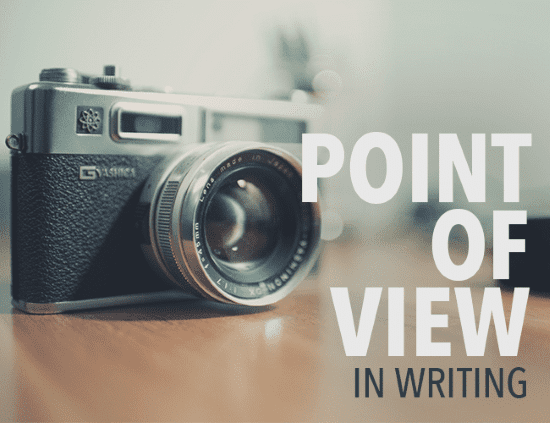Point of View, or POV, is just that, a particular point of one’s view from that person’s perspective.
Think about the neighbor across the street. The view looking out of their front window is quite different from yours. Mostly, because you two are looking at each other through foggy windows pretending you’re not really looking at each other. Awkward! Wow! They ordered pizza again. That’s the third time this week.

But how does POV work in writing your epic tale?
Let’s start with the basics. What’s the first thought that comes to your mind if I yelled, “Point of View” in obnoxious tones from across the room at a social setting?
The answer differs depending on the social setting, doesn’t it? Different social settings, or parties, offer different POV’s. We know that there are different types of parties and each of those events have its own dress code, setting, dialog, and acceptable mannerisms, to name a few.
Here are some examples:
The Cocktail Party:
My view or interpretation of a cocktail party is defined as a stuffy, low-lit atmosphere with business enthusiasts dressed in their black business-casual attire, but not so casual that your clothes are comfortable when sitting down. That’s probably why cocktail party tables are high-tops with no seats. Of course, who needs seats if the only served food, are one-bite appetizers with sauce artistically presented in intricate abstract designs on the plate? At least the perfectly poured flutes of champaign pass every two seconds to help forget about the hunger pains.
The socializing is daunting, especially when you’re hungry. People mingle, trying to pretend to make conversation about anything other than work. But since work is the only topic attendees know of one another, it’s a struggle to bring personal thoughts into the dialog. Can’t make a scene, right?
Your view or interpretation of the same party is one you look forward toward. You spend two hours shaving legs, putting on evening make-up, and straightening your hair. The atmosphere is more casual than the office; so, you’re excited to finally talk to Diane about that proposal you’ve been working on for three weeks. If you make a good impression, maybe she’ll send you to Miami to seal the deal.

The Pool Party:
My view or interpretation of a pool party is the basis of fun. It’s a place where everyone can find something interesting to talk about while sipping cocktails with umbrellas on the rim. In this scenario, I have no problem barging into a friend of a friend’s house to plop my guacamole and tortilla chips on the kitchen counter while wearing my bathing suit and a lacy cover-up that has wine stains dripped down the center of the garment’s chest.
The last thing on my mind to discuss pool side is business. Instead, I want to do keg-stands, jump into the deep end, and wade in waist-high water while conversing with people I’ve never met before and talk about nothing in particular. I wing it.
Your view or interpretation of a pool party is slightly different than mine. You knock on the front door of the friend of a friend’s house. While you wait for someone to answer, you’re wearing shorts and a t-shirt, because you don’t want to feel uncomfortable and hope the host will ask you to swim after dinner.
An unfamiliar voice comes from the side of the house and is attached to an unfamiliar face motioning for you to enter through the side gate and into the back yard. You’re humiliated, embarrassed, and totally out of your league.
How to interpret the two scenarios above based off the original question:
The Pool Party: If I yell from across the water to you, guzzling beer, and talking like I’m at a rock concert, you may see me as a rowdy drunk, which makes your surroundings feel chaotic and uncomfortable. On the flip side, I feel yelling over loud music is normal conversation in this setting.
The Cocktail Party: If I yell from across the room to you while you’re chatting with clients and sipping bubbles, you may see me as obnoxious, and your view of the quaint atmosphere becomes disruptive. Conversely, all the awkward stares make me want to quit this stupid job and start a rock band.
POV mirrors how a character sees the world, or a unique situation. It’s the character’s personal feelings, whether based off environmental or personal circumstances, they are telling their story from the best seat in the house, their own. The reader then, gets sucked into emotions and situations they may never experience but feel compelled to live in.
Opposing Points of View in Story:
I love stories which show both the protagonist POV and the antagonist’s POV. This may relate to my fascination with the WHY of the antagonist, but that’s neither here or there. When the reader can see what’s happening from different perspectives, it allows their imagination to float into the clouds, forget about the chair they’re sitting in, and live in a moment you created for them. In essence, they are empowered to explore the whole adventure from multiple POV’s.
One of my favorite fantasy writers, Terry Brooks, is masterful at giving the full picture of both sides of the story to help the reader grapple with the concept of what is good and what is evil.
Suggested Reading: Terry Brooks. A few of my favorites are Armageddon’s Children series (there’s three) and The Word & the Void Trilogy (that’s also three).
How do you use point of view in your writing?
-RADolence

